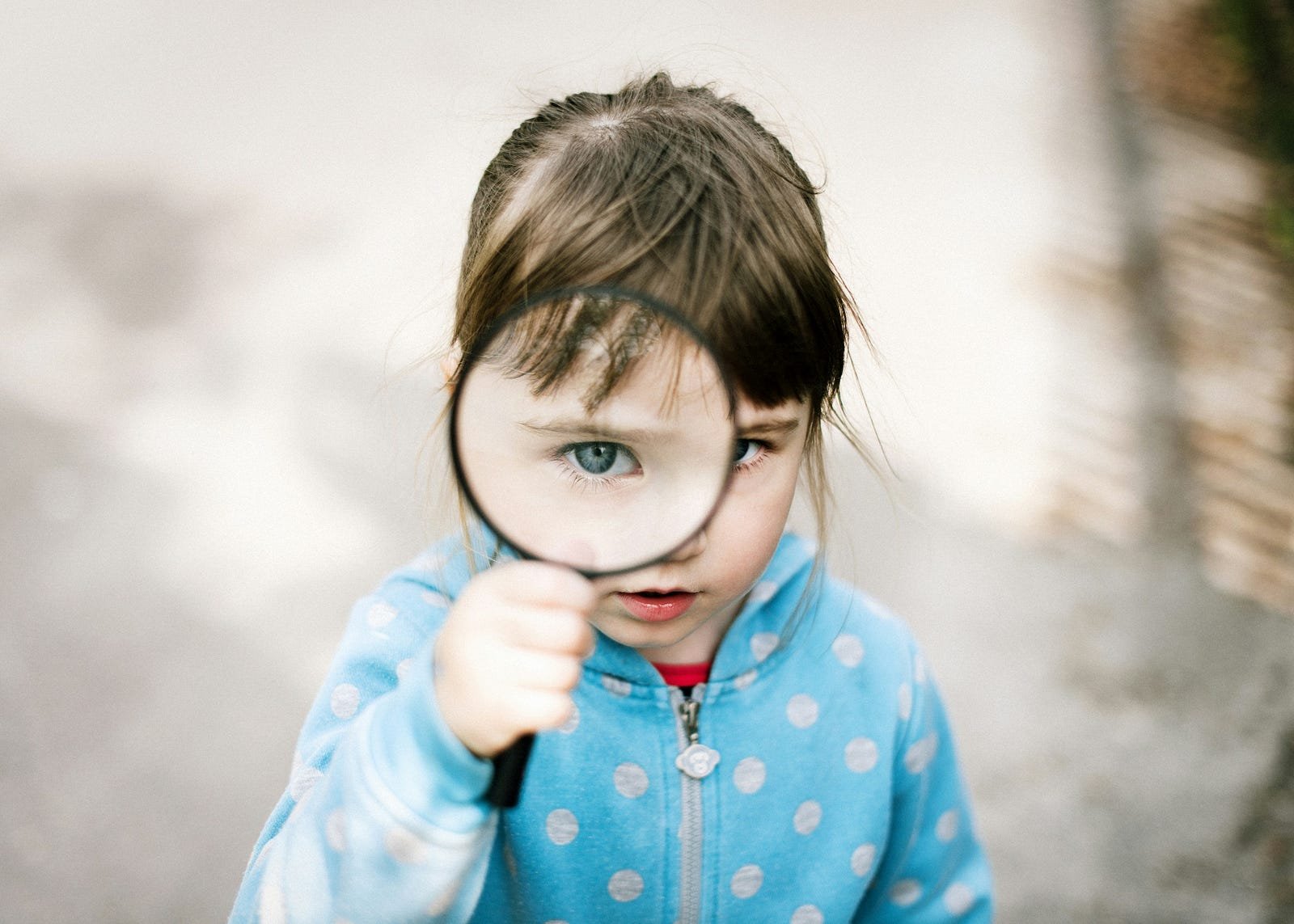In a world filled with billions of people, why are we drawn to certain individuals more than others? Whether it’s a romantic spark, a deep friendship, or instant chemistry in professional settings, the psychology of attraction shapes much of our social behavior. Understanding what makes us click with someone is not just fascinating — it’s also backed by decades of psychological research.
Attraction isn’t merely about physical appearance. It’s an intricate blend of biology, psychology, social cues, and even timing. This article unpacks the key drivers behind human attraction and how they influence our personal and social lives.

What Is Attraction, Really?
Attraction refers to the interest or desire we feel toward another person. While most people associate attraction with romance, it spans beyond the romantic sphere — encompassing platonic, professional, and even situational forms of connection.
Researchers categorize attraction into several key types:
- Physical attraction — rooted in appearance and body language.
- Emotional attraction — based on shared values, empathy, and emotional connection.
- Intellectual attraction — driven by mental stimulation and shared ideas.
- Social attraction — a desire to associate with someone due to their popularity or charisma.
These often overlap, reinforcing the strength and complexity of human relationships.
The Science Behind Physical Attraction
While it’s often the first thing we notice, physical attraction is surprisingly nuanced. Biological factors play a significant role.
Symmetry and Health Indicators
Humans are subconsciously drawn to symmetrical faces, which are often perceived as markers of good health and strong genes. Clear skin, bright eyes, and a healthy appearance generally signal vitality, increasing perceived attractiveness.
Pheromones and Scent
Although not fully understood, pheromones — chemical signals released by the body — can influence attraction. People are often drawn to the natural scent of someone with a different immune system profile, which could be nature’s way of promoting genetic diversity.
Cultural Influences
What’s considered attractive varies by culture and era. Societal norms, media, and upbringing shape our perception of beauty, often dictating the features we idealize.
Similarity: The Foundation of Connection
Despite the saying “opposites attract,” research strongly supports the similarity-attraction hypothesis: we’re more likely to be attracted to people who share our values, interests, and worldview.
Similarities:
- Foster comfort and validation
- Make communication easier
- Reduce the potential for conflict
This applies across all types of relationships. Whether it’s taste in music, moral values, or life goals, shared common ground strengthens attraction by building a sense of “we.”
Proximity and Repeated Exposure
In a digitally connected world, we might assume physical closeness is no longer essential. Yet, the mere exposure effect tells us otherwise. The more we are exposed to someone, the more likely we are to develop affection for them.
That’s why relationships often form in workplaces, neighborhoods, and shared communities — familiarity breeds liking.
Moreover, proximity increases the chances of interaction, making it easier to build rapport and trust over time. Even in online relationships, consistent presence (such as frequent messaging) simulates proximity and can lead to strong bonds.
Emotional Synchrony and Vulnerability
One of the most powerful, yet often overlooked, aspects of attraction is emotional synchrony — the ability to emotionally resonate with another person. When someone listens intently, reflects our emotions, or shares vulnerable moments, a deeper connection is formed.
Psychologist Arthur Aron’s famous “36 Questions” experiment revealed that mutual vulnerability can rapidly intensify closeness, even between strangers. When people engage in meaningful conversation and emotional sharing, oxytocin — sometimes called the “love hormone” — is released, strengthening bonds.
The Role of Timing and Readiness
Attraction isn’t just about who you meet; it’s also about when you meet them.
Timing is a critical factor. Someone may possess all the qualities we admire, but if we’re not emotionally available or if circumstances aren’t aligned, attraction may never evolve into connection.
Life transitions (like ending a relationship or starting a new job) can impact our openness to forming new connections. Being in the right mental and emotional space greatly influences whom we’re drawn to and whether those bonds can deepen.
The Power of Confidence and Authenticity
Confidence consistently ranks as one of the most attractive qualities. But contrary to the bravado often associated with it, true confidence is rooted in authenticity. It’s about being comfortable in your own skin and projecting genuine self-assurance.
When someone is unapologetically themselves — whether that means being quirky, passionate, or quietly self-assured — it invites others to let their guard down too. Authenticity reduces social friction and creates space for real connections.
People are naturally drawn to those who exude trustworthiness, warmth, and self-acceptance.
Shared Goals and Emotional Reciprocity
Long-lasting attraction, especially in romantic or close friendships, often hinges on shared life goals and emotional reciprocity.
- Do both people invest in the relationship?
- Is there mutual respect and admiration?
- Are emotional needs acknowledged and met?
These factors turn fleeting chemistry into durable bonds. Without them, even the strongest initial spark can quickly burn out.
The Influence of Body Language and Nonverbal Cues
Nonverbal communication plays a substantial role in attraction. We pick up on facial expressions, eye contact, tone of voice, posture, and touch to gauge compatibility and intent.
Mirroring — subtly copying another person’s gestures or posture — is a subconscious behavior that signals empathy and rapport. It can significantly increase feelings of connection and attraction.
Maintaining open, relaxed body language while actively listening also signals approachability and trustworthiness — traits highly attractive in all types of relationships.
Attraction Is Both Art and Science
While science explains much of what draws us to each other, attraction remains partly a mystery. Chemistry can’t always be reduced to formulas, and sometimes we’re surprised by who we connect with and why.
Still, understanding the psychological principles behind attraction can help us:
- Form deeper relationships
- Recognize compatibility
- Communicate better in dating and friendships










